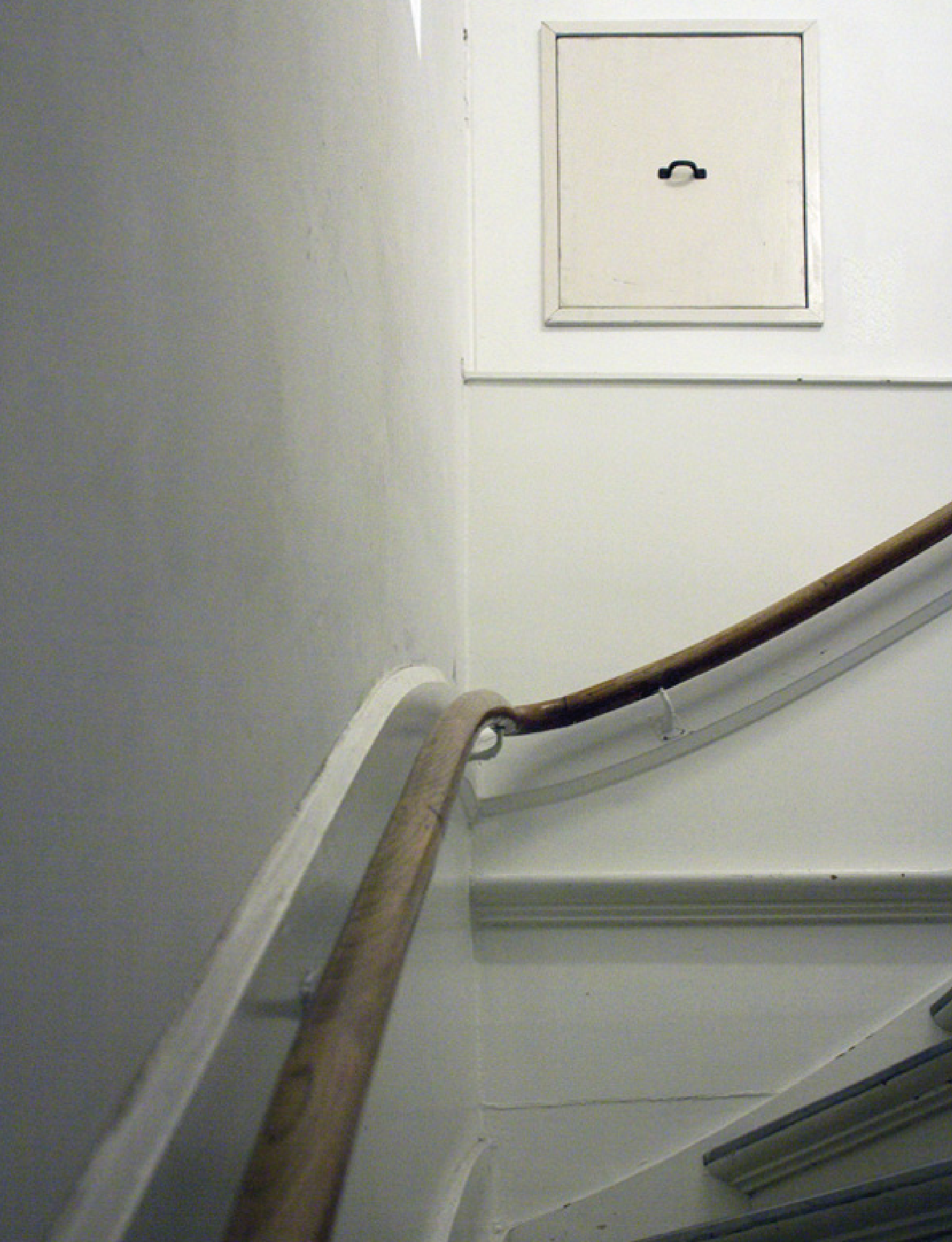One of these doors begging to be opened, we might imagine, is real. One door has inspired the others. Walking through this building we are almost certainly missing these doors first time around, almost certainly missing them, like the man leaning against one of them to avoid actually leaning into the art on a crowded night. Because of the immense, but ultimately gentle visual disguise of the ordinary door at the basis of this work, the only real such door, the others (referencing countless such doors elsewhere in the world) are safe.
They are the perfect map to the territory.
“And then came the grandest idea of all! We actually made a map of the country, on the scale of a mile to the mile!”
“Have you used it much?” I enquired.
“It has never been spread out, yet. The farmers objected: they said it would cover the whole country, and shut out the sunlight! So we now use the country itself, as its own map, and I assure you it does nearly as well.”
Silvie & Bruno, by Lewis Carrol, 1889
The pedestrian sequence with which the doors are perceived
and experienced, while journeying through the building, is the sequence of personal choice: some semblance of tentative allegiance with the uneasy, slippery fact that map and territory are inter-changeable.
That they actually quite easily seem to align.
Text by Anna Haber, Dubbelganger Publication 2013
